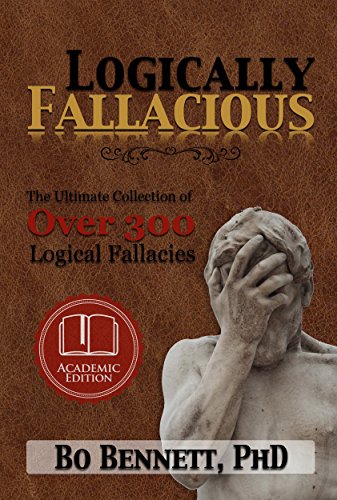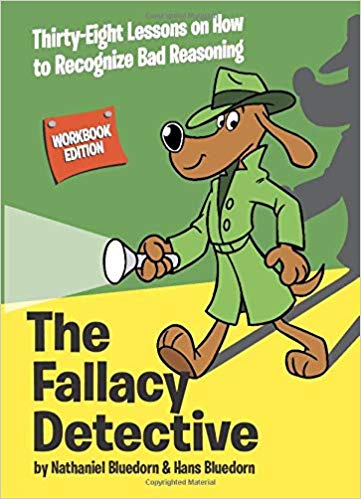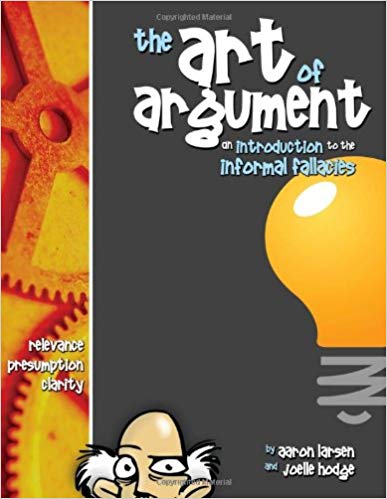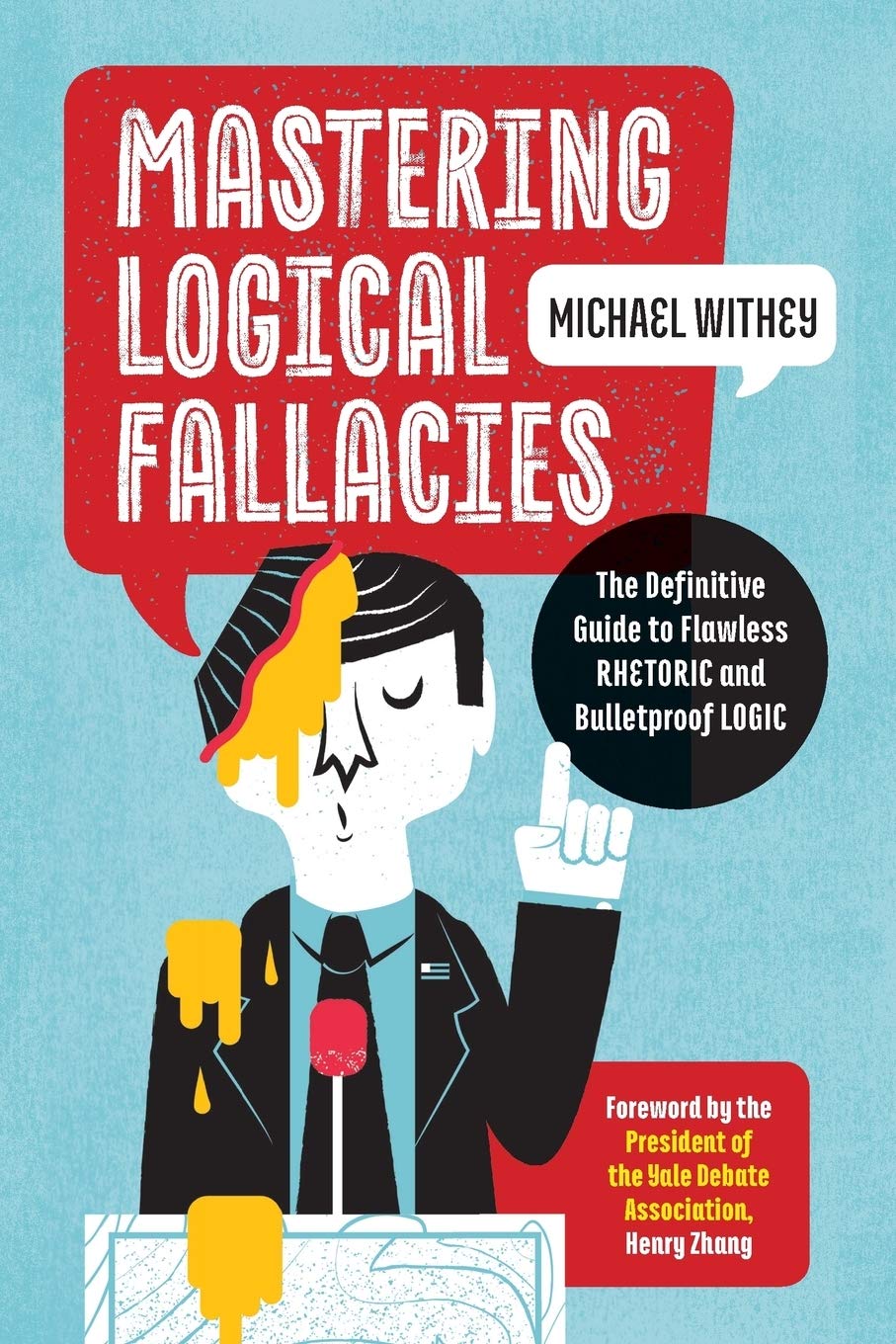
Shotgun Argumentation
The shotgun argumentation fallacy occurs when one chooses so many arguments, firing many shots as it were, in order to disable your opponent from answering them all.
Example of Shotgun Argumentation
- An angry sports fan might argue that his team lost because the lights were shut off in the middle of the game, and that the player in the forward position had a gimp knee so wasn't able to score as well, and that the refs kept yellow-carding the best players, and that there was a clear biased for the opposing team, so that is why they didn't win.
Making several tangentially valid arguments does not result in a valid claim. - A student argues that he didn't do his homework because, he had lost his backpack, and when he found it the notebook was not in there, and it turned out that the dog had eaten his notebook.

Books About Logical Fallacies
A few books to help you get a real handle on logical fallacies.





Shotgun ArgumentationExtended Explanation
The Shotgun Argumentation fallacy is a type of informal logical fallacy that occurs when an individual attempts to support their argument by presenting a large, often unrelated, amount of evidence. This approach is often taken in an attempt to bolster an argument or opinion by overwhelming the opposition with a seemingly overwhelming amount of information. The fallacy is most often seen in debates, where an individual will present a large number of facts, theories, or observations in an attempt to prove their point. These facts, theories and observations often have no logical connection to one another and have no real bearing on the topic at hand. The Shotgun Argumentation fallacy is often used to distract from the actual issue under discussion and to overwhelm the opposition with irrelevant information.
The Shotgun Argumentation fallacy is an example of a fallacy of relevance, as it attempts to link unrelated points to support a conclusion. It is also an example of a fallacy of ambiguity, as it attempts to confuse the listener or reader and obfuscate the true meaning of the argument. The fallacy is typically a result of an individual’s lack of understanding of the subject at hand or their lack of command of the language used to discuss the subject. It is also a result of an individual’s unwillingness to focus on the actual issue and instead focus on presenting a large quantity of information.
The Shotgun Argumentation fallacy is an example of a logical fallacy and should be avoided in any form of argumentation or debate. Individuals engaged in such an argument should focus on making clear, logical connections between their points and those of their opponent. When presented with a large amount of information, individuals should take the time to evaluate each point on its own merit, rather than accept the argument as a whole. This will help to avoid falling into the Shotgun Argumentation fallacy.